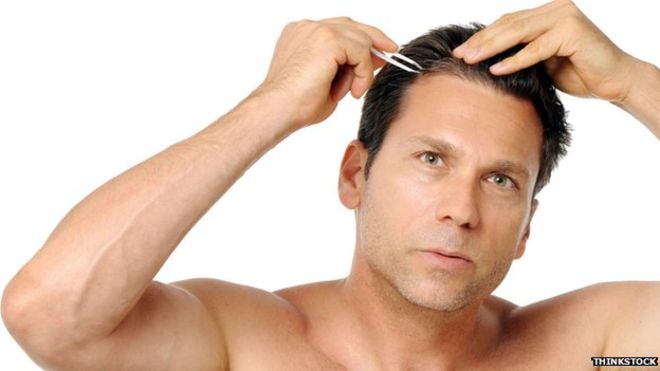Los Angeles – Ripping out all your hair is the third option of regrowing if you are not able to live with the denial of having a bald head or shaving it all. This is according to researchers who say they were able to regenerate fur in mice by plucking hairs in a firm but […]
Los Angeles – Ripping out all your hair is the third option of regrowing if you are not able to live with the denial of having a bald head or shaving it all. This is according to researchers who say they were able to regenerate fur in mice by plucking hairs in a firm but attentive pattern.
“The move can also be considered a new target of treating alopecia that is a common form of hair loss.” This was analyzed by Cheng-Ming Chuong who was the senior study author as well as a stem cell researcher at the University of Southern California.
Ripping off your hair sounds painful and counter-intuitive. However, scientists have warned that growth only occurs when many hairs are pulled in an area slightly lesser than the diameter of a pencil eraser. Hence, don’t just begin to pull it out.
Spacing, arrangement and the shapes of the plucked regions should be varied. As a result with proper of plucking 200 hairs, 1,200 hairs are regenerated. How? The affected cells give an alarm to those nearby and request their help in the form of inflammatory proteins and white blood cells.
The unexpected hair growth and the communication between cells is referred to as ‘quorum sensing’ which Chuong and his team assume that it is existing in the renewal of tissue and organs outside the skin.
Genetic and molecular analysis was employed in determining what would occur when mouse hairs are plucked. Follicles release inflammatory proteins were first to be observed which would then alert the immune system.
The immune system would then send macrophages (which are the white blood cells) to the problem area to engulf and consume pathogens. However, cytokines would also be released which could trigger a variety of responses in cells causing proliferation.
It was notable that for a robust regeneration of hair to take place, there must be a response from a density of signaling behaviors. American Hair Loss Association has since indicated that at the age of 35, two-thirds of men start to lose their hair


Leave a Reply